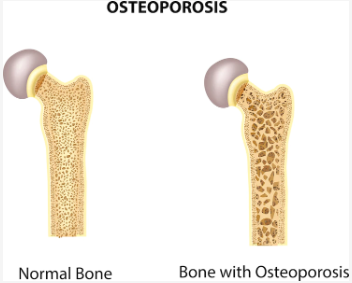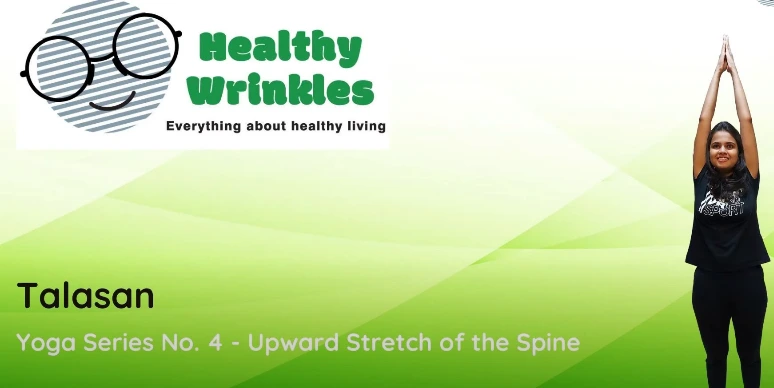Why is osteoporosis more common in older women compared to men?
24-06-24
As we age, we begin to lose more bone than we gain. The solid outer layer of bones thins, and microscopic holes enlarge. In other words, our bone density decreases. Pliable bones become more flexible as hard bones become pliable. The term osteoporosis refers to a severe loss of bone density.
Estrogen aids in bone formation and repair. A woman's estrogen levels drop after menopause, and bone loss accelerates. As a result, elderly women are more vulnerable to osteoporosis. However, osteoporosis can affect men as well. Postmenopausal women with osteoporosis have severe physical, emotional, and mental health complications along with other osteoporosis symptoms. It is a chronic condition that affects one out of every three women and one out of every five men.
As a result, women with this condition are more likely to fracture as a result of a serious slip, fall, or even spontaneously. According to WHO, it is defined as having a bone density of less than 2.5 SD (standard deviation) when compared to an average healthy population of the same age and gender.
Experts recommend that women begin getting screened for osteoporosis at the age of 65. Women under the age of 65 who are at high risk of fractures should be screened as well. A bone density test is used to screen the hip and spine.
An adequate dietary intake of calcium and vitamin D is one of the cornerstones of osteoporosis treatment. If a woman does not get 1200 mg of calcium per day from her diet, she should be supplemented with calcium or encouraged to eat calcium-rich foods. Calcium is primarily found in dairy products such as milk, cheese, yogurt, and so on. Calcium supplements are typically taken in single or divided doses of 500 mg to 1000 mg per day. Along with calcium, vitamin D supplements are also very important. Vitamin D3 is typically given in doses ranging from 400 IU to 800 IU per day, but different dosing regimens are available based on individual needs.
Disclaimer: HealthyWrinkles does not recommend or offer any medical diagnosis, treatment, or advice. The information provided here is only for the awareness of disease or ailment among individuals, caregivers, and the public. The advice of doctors, licensed professionals, or therapists who are knowledgeable about your particular situation should always be sought before using the information provided here. It should also not be used in the event of a medical emergency or for the diagnosis or treatment of any medical condition. If you want urgent assistance, contact a qualified medical professional. Additionally, the information represents the author's views and not those of HealthyWrinkles.











